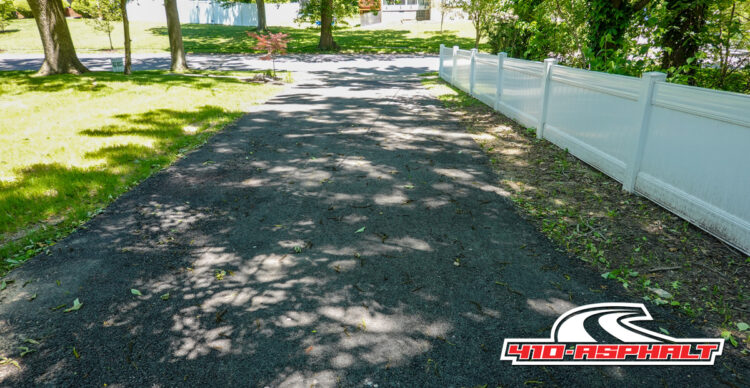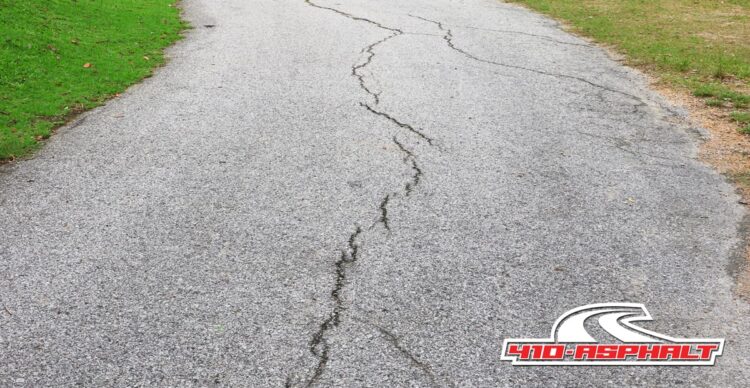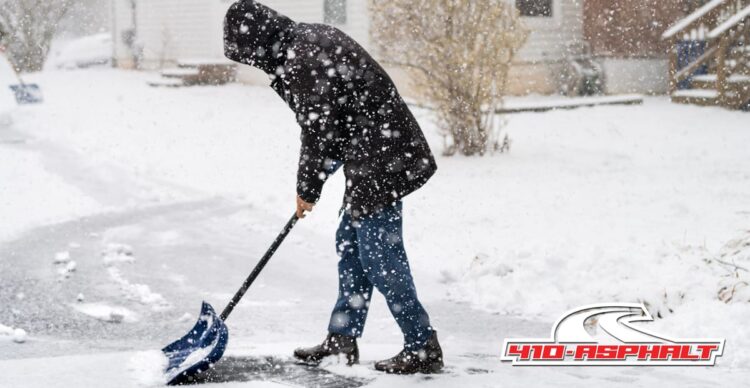Asphalt is a great option for a driveway because it’s cheap and durable. But what happens when your driveway becomes a wreck? Is it time to repair or replace your asphalt driveway? If it’s just a few cracks or small potholes, you may be able to fix them yourself. By doing regular maintenance, your asphalt driveway can last for as long as 20 years. Eventually, though, you may get to a point where you’re questioning how much life remains in your driveway. You can have your driveway treated in one of three ways: resurfacing, sealcoating, or repaving. Resurfacing Resurfacing is also called an overlay. In the process, we lay a new layer of asphalt over the top of the existing driveway. This is what we usually do when the cracks give way to potholes that become bigger. Or, you may see part of the surface crumbling, valleys forming, and other
LEARN MORE >> →Posts Tagged asphalt driveway
With temperatures moving up and down in Maryland combined with rain and snow events, you may notice some cracks are forming in your asphalt driveway. While it can be upsetting to see, cracks are bound to happen, especially in winter. The freezing and thawing cycles we go through during Maryland winters are the primary cause of cracks in your driveway. Learning the basics of driveway repair may extend the lifespan of your driveway! Fortunately, learning how to fix cracks or potholes in your asphalt driveway is a simple process with only a few tools and materials needed. For the average do-it-yourselfer, the process is straightforward. Materials Needed for Driveway Repair in Your Asphalt Driveway First, let’s gather your materials for the project. You will need: Hammer Chisel Wire brush or wire wheel attachment (with a drill if using the wheel) Shop-vac or compressed air gun For small cracks less than
LEARN MORE >> →Ice and snow are enemies of naturally porous asphalt. As they melt, the water is absorbed into the asphalt, causing it to expand and freeze. This process causes cracks, which invite more water to the party, causing more asphalt deterioration and shortening the lifespan of your driveway. A new asphalt driveway that hasn’t been seal-coated (which happens a few months after installation) is even more vulnerable. Luckily, there are steps you can take this winter to keep your asphalt fresh and crack free. Choose Your Shovel Wisely The more frequently you shovel, the less chance of snow and ice buildup melting into your driveway, causing damage. A lightweight plastic or rubber-bladed shovel is better for your asphalt than a metal shovel. The sharp and pointed blades of metal shovels are great for picking up snow but can pit and leave marks on your asphalt driveway. Use a Snow Blower on
LEARN MORE >> →



